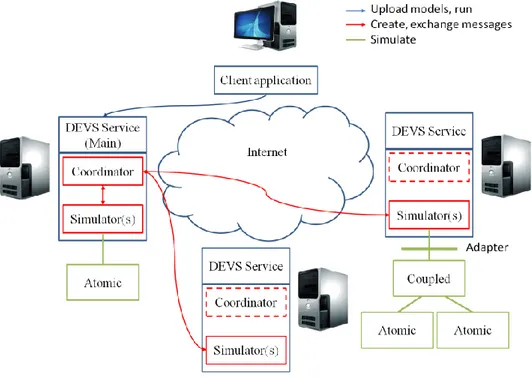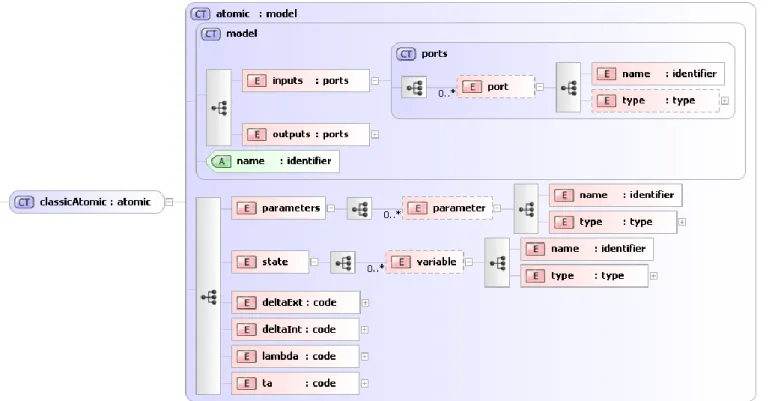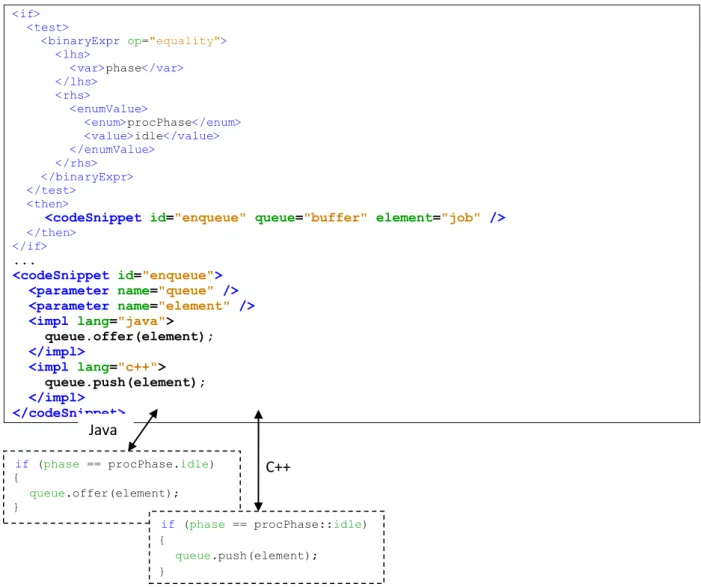On the Interoperability of DEVS components: On-Line vs. Off-Line Strategies
Texte intégral
Figure




Documents relatifs
In particular, the derivation of products from Nadir back-scattered light observations in the UV/VIS spectral region has been established by integration of most recently
Personalized adaptive learning requires (IST, 2004) development of semantic-based and context-aware systems to acquire, organise, personalise, share and use the knowledge embedded
KEY WORDS: mobile mapping system, photogrammetry, multi-camera panoramic head, calibration, off-line calibration, on-line calibration, panoramic head calibration with very low
Due to tube geometrical characteristics and above hypothesis, central axis of a bent tube is used to describe tube behaviour or geometry in different manufacturing steps
These last approaches improve simulation time by getting rid of the hierarchical structure [Jafer and Wainer, 2010, Jafer and Wainer, 2009, Lowry et al., 2000, Zacharewicz and
Under the hypothesis of a fair implementation, we thus have identified a test-case generation method, starting from the specification with restarts and the test purpose,
Assuming that the covering potential information given with any element is the name of the larger set containing it (in the final instance) we show that the competitive ratio of
In this manuscript we study the number of nodal components of random linear combinations of eigenfunctions of the Laplacian on a closed Riemmanian manifold, that is, the number

